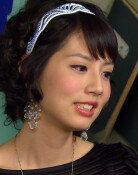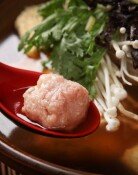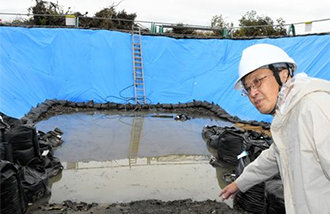Despite Downturn, 3M Korea Outperforms
Not only foreign companies doing business in Korea, but also Korean companies have been relocating production plants outside the country. In this bleak situation for investments in Korea, why is 3M Korea going in the opposite direction? To find out the answer, on June 15, this reporter visited 3M Koreas Naju plant, its Korean production base. Naju plants products account for 85 percent of the sales of 3M Korea headquartered in Seoul (products made overseas make up the remaining 15 percent).
3Ms Soaring Investment in Korea-
Even in 3M head office, 3Ms investment in Korea this time around (the construction of Hwaseong plant) is called an event, because it was a rare case where a single investment exceeded 100 million dollars. 3M China and 3M Singapore had also devoted all their energies to attract this investment to their own nations.
3M Korea, which started to conduct business in Korea in 1977, has markedly increased its investments in Korea recently.
While 3Ms investments in Japan this year vis-à-vis last year decreased 17 percent, and increased eight percent in China, its investments in Korea grew by as much as 40 percent. Seven percent out of the total amount of investments 3M has made globally this year were directed toward Korea. Furthermore, most of the investments that came to Korea were for technology-intensive products, such as LCD optical film and high-functional filters.
The primary reason why 3M prefers Korea to other countries is the good performance of 3Ms Korean operations. From 2001 to 2004, 3M Korea exceeded its sales target for each year, with its sales growth rates three to nine times higher than Koreas average industrial growth rates. Not a single industrial accident has happened in Naju plant since 1995. The four certificates of health and safety grand prize that hang on the entrance to the plant are a testimony to this.
Hyeon Han-su, production manager of 3M Koreas Naju plant, said, While China is regarded as having a big market, and tax credits provided in Singapore are very attractive, Korea is considered to outperform other countries in operating capabilities such as manufacturing. He added, With regard to Japan, its high manufacturing costs are cited as a shortcoming.
In 2005, with the LCD market sluggish, the sales of 3M Korea were also stagnant. However, the head office of 3M signaled its unwavering confidence in increasing investments in Korea.
In 2004, the Naju plant developed a manufacturing facility for special tapes, thereby reducing costs and time to half of what it takes to produce them in the U.S. The head office of 3M was surprised. The newly developed facility was able to produce goods of high quality at lower cost and more quickly. In that year, the facility was given the best facility award by the head office.
Earlier, 3M Japan was benchmarked by 3M Korea. However, starting three years ago, it was reversed. Visits to Korea made by 3M Japan members outnumber visits to Japan made by 3M Korea staff. Recently, 3M Japan imported LCD film automatic testers from 3M Korea.
Min-Young Kwak havefun@donga.com







